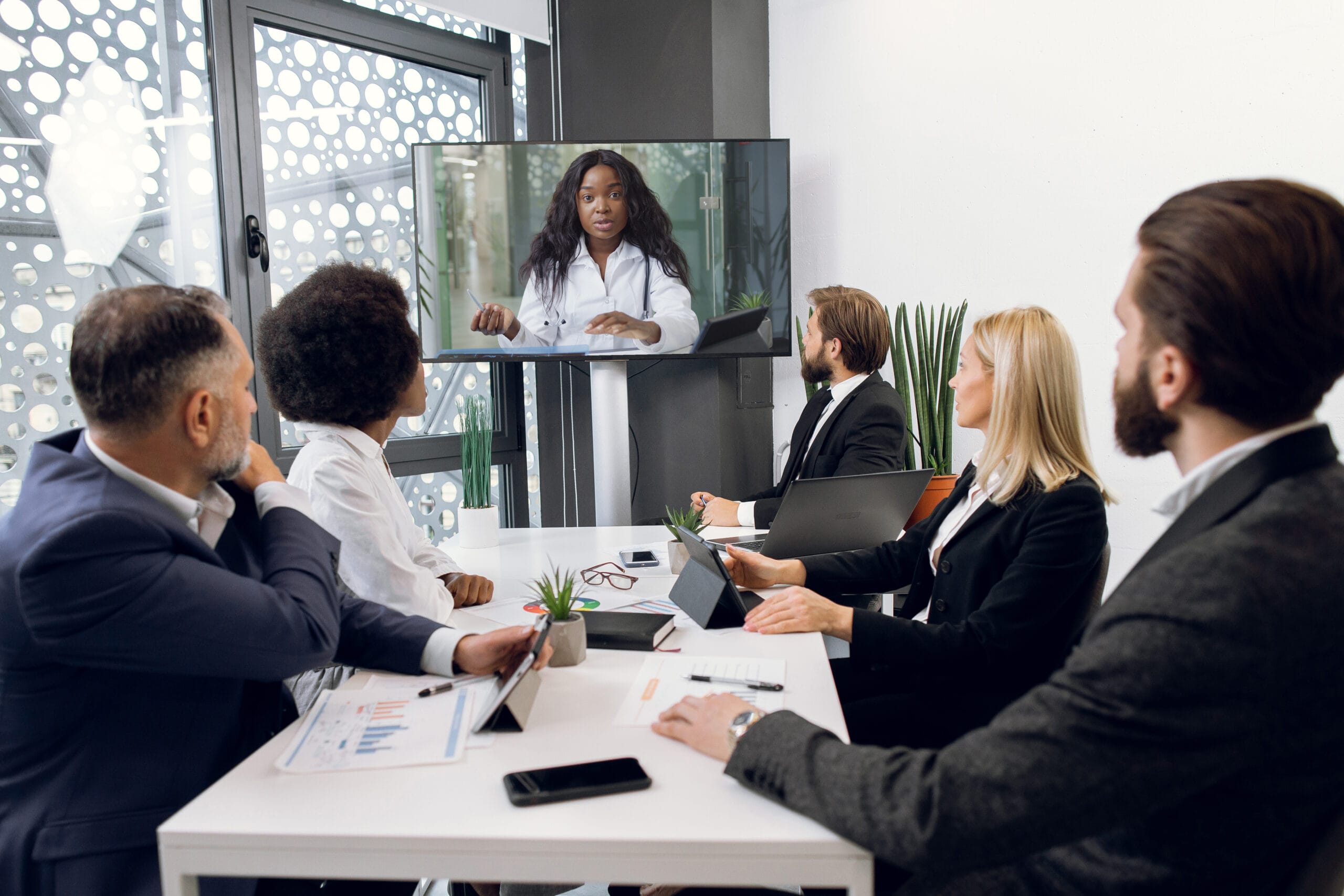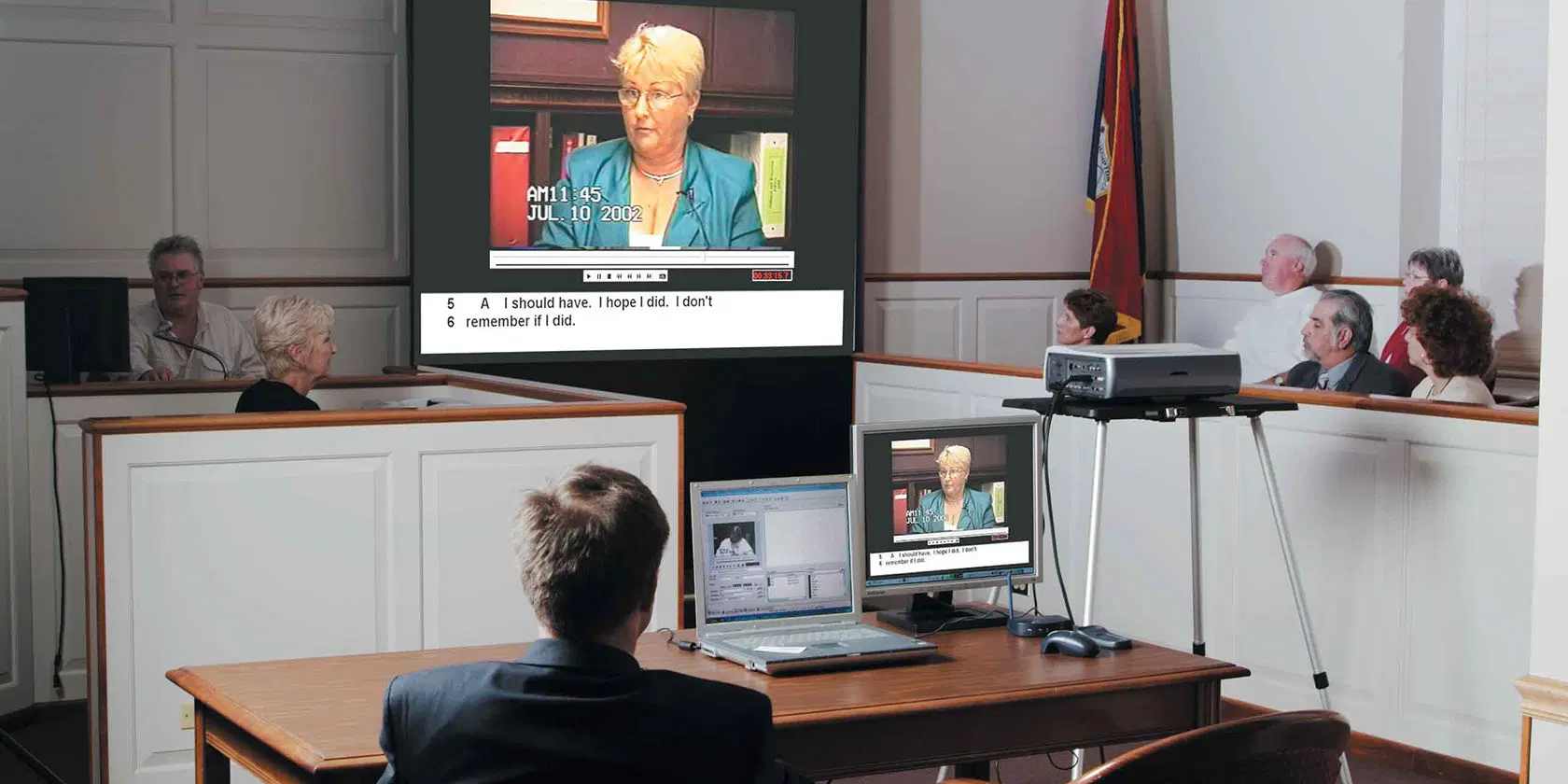Refine your litigation strategy with expert-designed trial presentations that captivate the jury.
Refine your litigation strategy with expert-designed trial presentations that captivate the jury.
Blog Article
Just How Test Presentations Enhance Your Disagreement and Convince Jurors
Trial presentations offer as a critical device for boosting legal debates and persuading jurors. By incorporating visual aids, narrative frameworks, and psychological engagement, lawyers can develop a compelling instance that resonates on numerous levels. The tactical usage of visuals not just makes clear complex information yet also records jurors' focus better than words alone. The art of narration plays a similarly essential function in changing accurate evidence into an engaging narrative, forming jurors' perceptions. Understanding these elements can substantially influence test end results, raising the question of just how each part contributes to this complex dynamic.

Significance of Aesthetic Help
Visual help play a vital function in improving the efficiency of test discussions, as they can dramatically raise target market engagement and retention of information. In the context of a test, where jurors are charged with processing complex info, aesthetic aids serve to streamline and clarify key factors. Graphes, charts, and photos can share information and ideas that might otherwise overwhelm or perplex jurors, enabling a more uncomplicated understanding of the evidence presented.
Additionally, visual aids aid in preserving juror attention throughout the proceedings. By damaging the monotony of verbal statement, these tools can punctuate crucial arguments, making them much more unforgettable. Reliable visual aids can additionally evoke psychological responses, which can be pivotal in persuading jurors to align with the presenter's narrative.

Crafting Compelling Narratives
A compelling narrative is vital in trial presentations, as it functions as the backbone of reliable persuasion. It allows lawyers to weave with each other truths, proof, and psychological components right into a coherent tale that resonates with jurors. This narrative structure enables jurors to comprehend the intricacies of the instance while guiding them through the lawyer's debate.
To craft a compelling story, lawyers should concentrate on quality and comprehensibility. This involves developing a clear lead character-- usually the customer-- and outlining their trip with the events in question. Offering the realities in a rational sequence boosts comprehension and preserves engagement. Additionally, the usage of brilliant summaries can develop psychological images that help jurors imagine the events, making the narrative much more unforgettable.
Furthermore, integrating key themes throughout the presentation reinforces the core message and help in retention - trial presentations. The story must not just communicate info but also stimulate a feeling of justice, highlighting the risks included. Eventually, a well-constructed narrative cultivates a link in between the jurors and the situation, positioning the lawyer's debate as both reliable and click here for info compelling, thereby increasing the chance of a desirable judgment

Engaging the Court Mentally
Reliable jury interaction pivots on the attorney's capacity to connect with jurors on a psychological degree. This connection can substantially impact jurors' perceptions and their supreme decision-making.
Aesthetic aids, such as photos or video clips, can further improve emotional interaction, supplying jurors with vivid representations of the situation's human elements. Crafting a story that highlights the battles and triumphs of the individuals included ensures that jurors see beyond the legal disagreements and identify the human consequences of their decisions.
An attorney's enthusiastic distribution can reverberate with jurors, enhancing their psychological financial investment in the situation. It's necessary to stabilize emotional appeals with accurate evidence, ensuring that jurors feel urged to act while continuing to be based in the reality.
Structuring Your Presentation

The body of the presentation should be rationally fractional right into vital factors, each sustained by compelling evidence. It is beneficial to make use of storytelling methods to weave realities right into a story that jurors can quickly follow. Visual help, such as charts and videos, can boost understanding and involvement, helping to highlight crucial pieces of proof.
Real-World Study
Taking a look at real-world study provides indispensable insights right into the art of test presentations and persuasion. The spots case of "O.J. Simpson v. Individuals of The golden state" shows how visual help and engaging narratives can persuade court perceptions. The defense group effectively used an approach that integrated top-level expert statements with multimedia discussions, which captivated jurors and eventually influenced their decision.
One more noteworthy instance is the "McDonald's Coffee Instance," where the plaintiff's attorneys used graphic images of the the original source injuries endured by Stella Liebeck. trial presentations. This plain visual evidence played an important duty in conveying the extent of her burns, bring about a considerable jury award. Such cases demonstrate that impactful trial discussions frequently depend upon the reliable integration of visuals and narration to stimulate emotional reactions from jurors
Moreover, the "Casey Anthony Trial" highlighted the value of narrative comprehensibility and reliability. The prosecution's failure to develop a compelling timeline diminished their convincing power, highlighting the need of a well-structured discussion. Analyzing these cases exposes that effective test presentations call for tactical planning, emotional engagement, and the ability to resonate with jurors' worths and ideas.
Conclusion
Test discussions considerably enhance arguments and persuade jurors with the tactical use aesthetic site link help, engaging stories, and psychological involvement. By simplifying complex information and fostering connections with the audience, these aspects create an unforgettable and impactful experience. A well-structured discussion equilibriums sob stories with accurate proof, ultimately reverberating with jurors' values. The assimilation of these techniques not just affects decision-making yet additionally underscores the relevance of effective communication in the court room.
Report this page